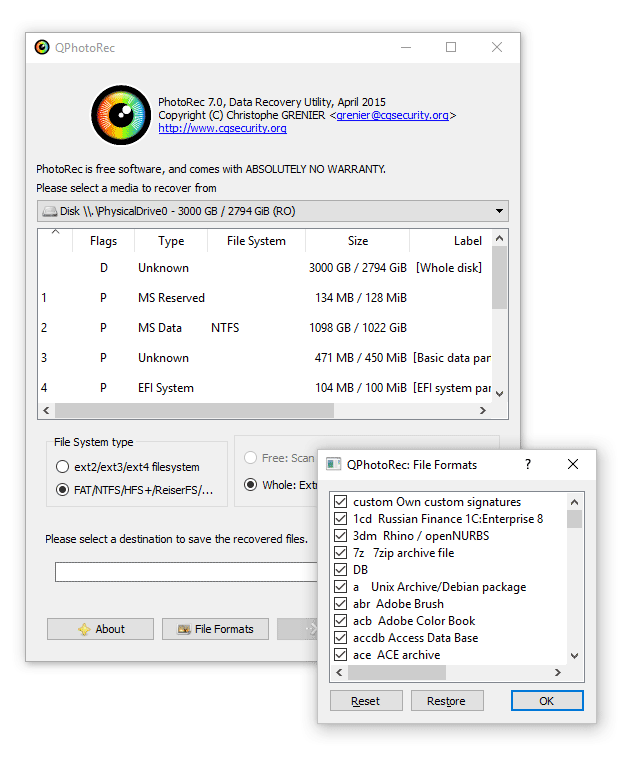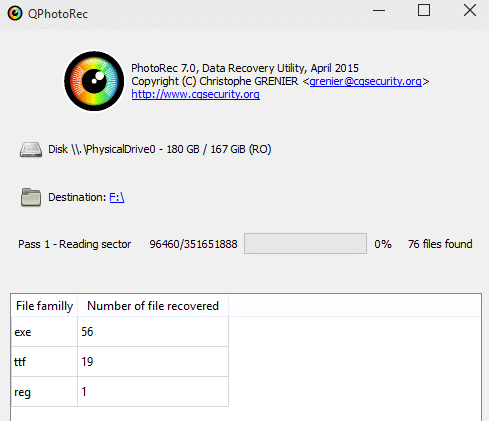


You can then restore it to a blank memory card with sudo ntfsclone -r dsk.img /dev/sdd1. You might also try using ntfsclone -so dsk.img /dev/sdd1 to take a disk image of an NTFS memory card even if Disks Utility failed to do so. While this isn’t a Linux version of chkdsk, it can repair some NTFS inconsistencies. You could try sudo ntfsfix -d /dev/sdd1, replacing the device file with the name of your device. Ubuntu does provide two useful programs for working with damaged NTFS-formatted memory cards if you don’t have access to Microsoft Windows. If you get an error returned, however, then Windows hasn’t had any more luck recovering your memory card than Ubuntu had. Open a command prompt from the Start Menu, and then type chkdsk /f E:, replacing E: with whatever drive letter it gave. Replace # with the ext number of the system if you can remember it. You could instead try using fsck.ext# if you formatted the card to work with one of the Linux file systems. Replace the sdd1 portion with the name of the partition given in the disks utility. Assuming you have an FAT12, FAT16 or FAT32 formatted card, then run sudo fsck.msdos -r /dev/sdd1 from the command line to attempt recovery. When the partition is unmounted but Ubuntu detects the drive, you can run a consistency check to attempt recovery of the file system. You may be able to mount the new file system, but keep in mind you’ll loose whatever was on the new card, so ensure that it’s completely blank before proceeding. img file.Įject then insert a different blank memory card of the same size after it concludes, and then write this disk image to the new card with the gear menu. If you’re able to, then you might want to try clicking on the gear icon, selecting “Create Disk Image” and then saving it as an. If it reads “No Media,” even if there is a card in the slot, then attempt to disconnect and reconnect the card, then see if anything has changed. If it mounts, then you might be able to copy files off it. It will generally call it “Single Flash Reader,” and if given the option underneath the storage graph, click on the right-facing arrow to attempt to mount it. Open the GNOME Disks Utility from the Dash, KDE or Whisker menu and locate the device file name for your particular flash reader. Method 1: Repairing the Memory Card with Ubuntu’s Standard Tools


 0 kommentar(er)
0 kommentar(er)
